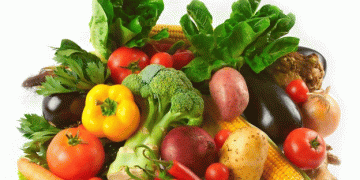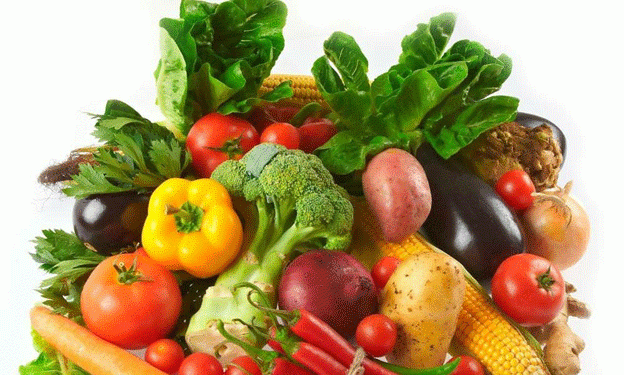The southwest monsoon’s timely and adequate arrival has provided a substantial boost to the kharif season’s sowing activities, particularly for vital horticultural crops like onion, tomato, and potato. This positive development was highlighted by the government on Friday, noting significant increases in the sowing areas compared to the previous year, ensuring sufficient stocks for the coming months.
Increased Sowing Areas for Key Crops
This year, the government set an ambitious target for kharif onion sowing at 0.36 million hectares (MH), marking a 27% increase from the 0.28 MH reported in 2023. So far, onion has been sown in 61,700 hectares, predominantly in Karnataka, Maharashtra, Madhya Pradesh, Gujarat, and Andhra Pradesh. Karnataka, the leading kharif onion-producing state, has completed 30% of its targeted 0.15 MH, with other major states showing promising progress.
Kharif crops contribute to 30% of the total annual onion production, crucial for price stability during the ‘lean’ months between rabi and peak kharif harvests. The estimated rabi output of 19.1 million tonnes (MT), which makes up 70% of the annual onion output, is projected to be sufficient to meet the domestic monthly consumption of about 1.7 MT until the kharif crops begin arriving in the market by the end of October.
Price Dynamics and Inflation Concerns
Despite the positive sowing outlook, retail prices for key vegetables have seen significant spikes. For instance, onion prices have doubled from Rs 20/kg a year ago to Rs 40/kg recently due to a lower rabi harvest, leading to a retail inflation rate of 38% for onions in May. Similarly, potato prices have surged, with modal retail prices rising from Rs 20/kg a year ago to Rs 35/kg, reflecting a 55.43% year-on-year increase.
The government has noted that while potato is primarily a rabi crop, the kharif potato area is targeted to increase by 12% over the previous year, which should help augment supplies during the September to November period. This year’s 27.32 MT of rabi potato stored in cold storage is deemed sufficient to meet consumption demands.
However, the agriculture ministry projects a marginal decline in potato production for the 2023-24 season to 58.88 MT from the previous year’s record of 60.14 MT, attributed to a decrease in output in West Bengal.
Monsoon Rains and Crop Conditions
The overall monsoon rains have been classified within the ‘normal’ range, with just a 1.8% deficit from the long-period average. Regionally, the south peninsula experienced a surplus rainfall of 11.9%, significantly boosting the sowing of kharif crops such as paddy, pulses, oilseeds, onion, and tomato. The targeted kharif tomato area for this year is set at 0.27 MH, a slight increase from last year’s 0.26 MH. Crop conditions are reported to be favorable in major producing areas like Chittoor in Andhra Pradesh and Kolar in Karnataka.
The timely and adequate southwest monsoon has positively impacted the sowing of key kharif crops, notably onion, tomato, and potato, with significant increases in sowing areas compared to last year. These developments are expected to stabilize prices and ensure sufficient stocks for the coming months. Despite some concerns over rising retail prices and marginal production declines, the overall outlook for the kharif season remains promising, supported by favorable monsoon conditions and government initiatives.

































